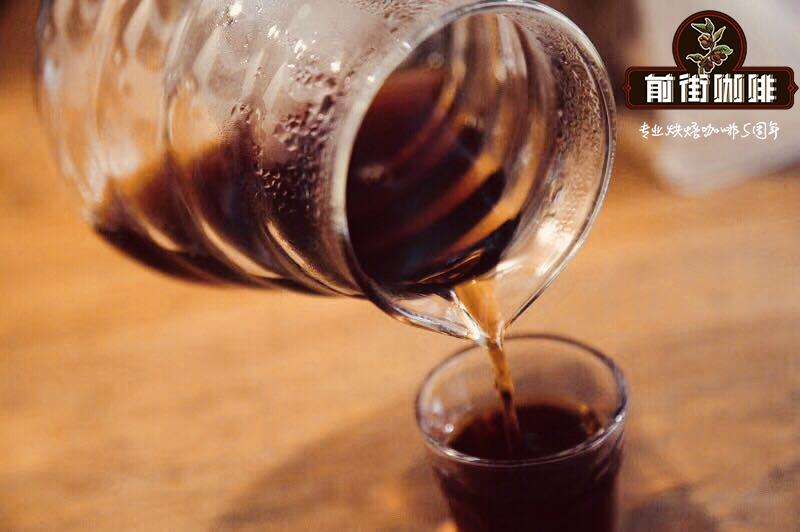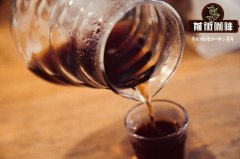Coffee beans from Africa: Kenya aa grading creates a rare sour wine.

Professional coffee knowledge exchange more coffee bean information please follow the coffee workshop (Wechat official account cafe_style)
Qianjie-introduction to coffee grading in Kenya
Kenya
Kenya is an important force in East Africa in the coffee world, and it is a leader in both its coffee quality and its business strategy.
The excellent coffee produced here has a clear, bright and rising flavor throughout the front and back of the tongue. The flavor is complex and rich, with very interesting fruit flavors (berries, citrus) and even spicy flavors. Clean, bright, rare wine (grapefruit) quality.
Usually excellent Kenyan coffee is not sold as a simple AA or AB, it will participate in various coffee auctions in Kenya, and only the highest bidder can win the bid. The producing areas attach great importance to variety research, planting improvement, improving farmers' cultivation skills and so on.
The method of grading beans varies slightly from place to place. While KENYA uses sieve size as the standard and combines density and shape to classify coffee, what are the grades of KENYA?
KENYA coffee is graded as E-PB-AA-AB-C-TT-T-MH/ML.
KENYA E
The screen size is more than 18, which is called "Elephant Bean". Two face-to-face two seeds merged into one, suddenly mutated beans.
KENYA PB
It is also included in Kenya E, commonly known as peaberry.
KENYA AA
The sieve size is 17: 18, 1400 and 2000m, which is the largest size of normal raw beans.
KENYA AB
The screen size is a mixture of grade A (screen size 1617) and grade B (screen size 1516).
KENYA C
The size of the screen is 1415, which is lower than the density of grade AB.
KENYA TT
The size of the sieve is 1517, and the size of beans is similar to that of AA~AB, but the density is low.
KENYA T
Broken, defective or small beans with a sieve size of less than 12.
KENYA MH/ML
Beans that fall by themselves due to overripe before harvest. Among them, the heavy ones are MH grades (MassHeavy) and the light ones are ML grades (Mass Light).
Knowledge: after the coffee is harvested, it must be uniformly purchased, tested and graded by the "Kenya Coffee Bureau (CBK)" set up by the government. The coffee grade is classified by "particle size" and graded according to size, shape and weight.
In short: Qianjie is a coffee research hall, happy to share the knowledge about coffee with you, we share unreservedly just to make more friends fall in love with coffee, and there will be three low-discount coffee activities every month. The reason is that Qianjie wants to make more friends drink the best coffee at the lowest price, which has been Qianjie's tenet for 6 years!
END
Important Notice :
前街咖啡 FrontStreet Coffee has moved to new addredd:
FrontStreet Coffee Address: 315,Donghua East Road,GuangZhou
Tel:020 38364473
- Prev

The origin of Kenya coffee beans, the main coffee producing area in Africa, appreciates the amorous feelings of washed coffee.
For more information on coffee beans, please follow the front street of Coffee Workshop (Wechat official account cafe_style)-Kenya Coffee introduces Kenya Coffee, an unadded coffee with a strong natural acidity, reminiscent of citrus and cherries, full-bodied taste and beautiful balance. It has rich aroma and refreshing acidity.
- Next

African Region Coffee Bean Characteristics Coffee Grade AA Only Kenya is worth drinking
Professional coffee knowledge exchange More coffee bean information Please pay attention to coffee workshop (Weixin Official Accounts cafe_style) Front Street-Kenya coffee introduction Ethiopian coffee orange fragrance is relatively strong, Kenya coffee has strong berry fragrance, black plum juice and grapefruit acid fragrance, as well as sugar cane sweet fragrance. The orange aroma of Ethiopian coffee and the berry aroma of Kenyan coffee are the most African beans
Related
- Beginners will see the "Coffee pull flower" guide!
- What is the difference between ice blog purified milk and ordinary milk coffee?
- Why is the Philippines the largest producer of crops in Liberia?
- For coffee extraction, should the fine powder be retained?
- How does extracted espresso fill pressed powder? How much strength does it take to press the powder?
- How to make jasmine cold extract coffee? Is the jasmine + latte good?
- Will this little toy really make the coffee taste better? How does Lily Drip affect coffee extraction?
- Will the action of slapping the filter cup also affect coffee extraction?
- What's the difference between powder-to-water ratio and powder-to-liquid ratio?
- What is the Ethiopian local species? What does it have to do with Heirloom native species?

